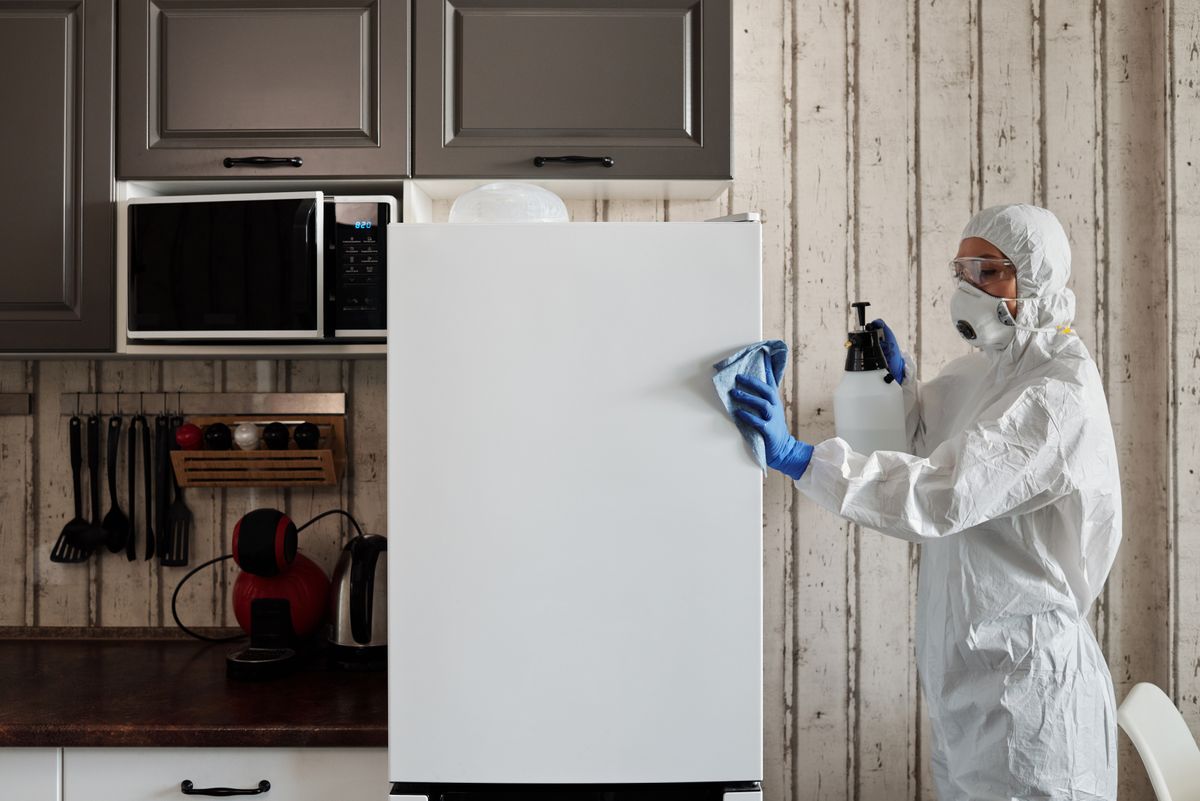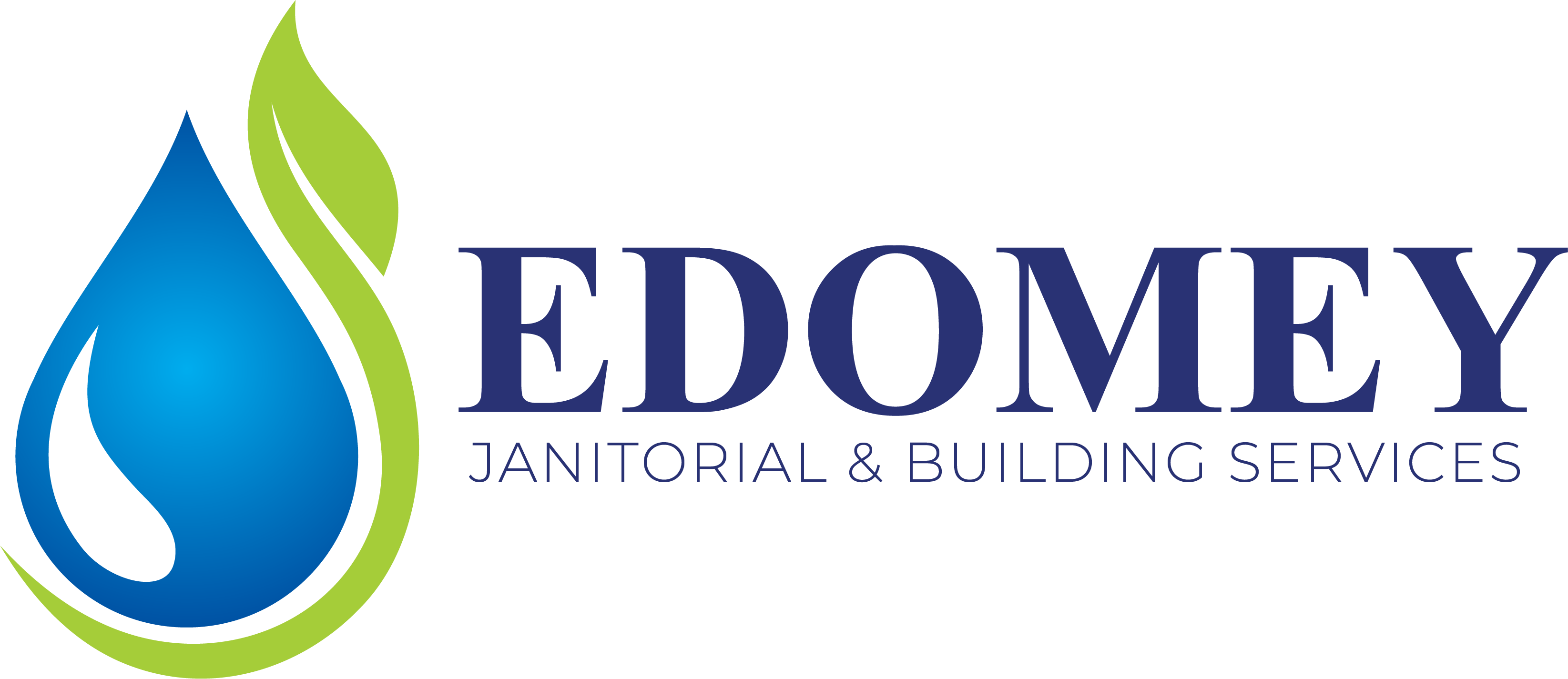When it comes to cleaning, what is the difference between sanitizing and disinfecting a surface?

Cleaning, Sanitizing, and Disinfecting: What's the Difference?
Edomey Enterprises Ltd.
What is Cleaning?
The removal of visible dirt, dust, and other substances from surfaces is referred to as cleaning. To complete the task, a cloth or wipe is often used in conjunction with a detergent, soap, or solvent.
While cleaning does not destroy or totally eliminate germs or viruses from surfaces, it is still required. To ensure that each procedure is as efficient as possible, cleaning should always be finished before sanitizing, disinfecting, and sterilizing.
What is Sanitizing?
Sanitizing surfaces decreases the number of germs on a surface, but it does not kill or eradicate the bacteria on that surface. Cleaning surfaces does not eliminate or destroy viruses, nor does it kill or destroy viruses on surfaces. As opposed to this, it reduces the number of germs on a surface to a level that is considered safe by public health authorities.
Sanitizers are often used on food-contact surfaces because they contain less harsh chemicals than disinfectants, making them a more environmentally friendly option. It is always recommended to read the label of the disinfectant you are using to ensure that it is not harmful to food if it is being used in a kitchen or food preparation area.
What is Disinfecting?
An effective disinfection method eliminates or inactivates any bacteria or viruses that are present on the surfaces that have been exposed to it. When it comes to eliminating viruses from hard surfaces, only disinfectants have been given the green light by the Environmental Protection Agency (EPA).
One of the most effective methods to prevent the transmission of germs and sickness is disinfecting, but not all disinfectants are equal. Sanitizers and disinfectants may be used on food-contact surfaces, but only if they include food-safe ingredients.
Businesses and people alike have more responsibility in terms of hygiene in light of the current epidemic. It is recommended that institutions and public meeting places strengthen disinfection measures to better safeguard the health of those who work in, visit, or otherwise inhabit the facility or the public environment.
Sanitization and disinfection are two of the three most common cleaning processes. Make sure you understand the difference between cleaning, sanitizing, and disinfecting before you hire a professional cleaning service.
Cleaned surfaces are ready for use again. You may think of this as a visual clean-up. Even after this procedure, germs are still reduced by 80%. All parts of a company or house should be cleaned at least once a week.
When germs are reduced to a level that is acceptable to public health authorities, sanitizing occurs. Kitchens and eating spaces should be sanitized to prevent the spread of foodborne illnesses.
At a 99.999 percent rate, disinfecting destroys and removes both viruses and germs. Disinfect washrooms and any other commonly handled surfaces, such as door and cabinet handles, light switches, faucets, and coffee pots, that come into contact with pollutants or human fluids.
Keep in mind that cleaning and disinfecting are worthless if you haven't cleaned the surface beforehand. You can't get rid of bacteria that are hidden behind too much filth using disinfectants. You may learn more about how Edomey | Janitorial Cleaning Services can assist you if you need commercial cleaning and disinfection services.
